The promise of electric vehicles has always been built on silent efficiency, cutting-edge tech, and the thrill of instant torque. But for many 2024 EV owners across North America, Europe, and parts of Asia, a stark new reality has emerged: their cars are not achieving the advertised range. For some, the drop is minor and manageable. For others, especially in colder regions or in models recently pushed to market with minimal software refinement, the range discrepancy is significant—sometimes exceeding a 30% shortfall. While EV buyers are accustomed to range variability, the degree of drop-off in certain 2024 models has raised questions and frustration. So, what exactly is causing the sudden slump in real-world range, and what can drivers do about it?
The Winter Effect: Why Cold Weather Still Dominates EV Performance
First and foremost, winter remains the arch-nemesis of battery efficiency. Even as battery chemistry and thermal management systems evolve, subzero temperatures continue to impact lithium-ion performance. Cold temperatures slow the chemical reactions inside battery cells, which reduces their output and limits the vehicle’s usable capacity. Onboard systems often divert significant energy toward heating the cabin, defrosting windows, and pre-warming the battery—further draining range.
In recent winters, regions like Northern Europe and Canada experienced sharper-than-usual temperature drops just as many 2024 EVs were being delivered. This exposed the vulnerabilities of models lacking advanced thermal buffers. Cars such as the BYD Seal and the new Chevrolet Equinox EV saw user-reported range losses exceeding 35% in freezing conditions—even when preconditioned overnight.
Moreover, newer drivers often underestimate the compounding effects of winter: lower tire pressure, slush-covered roads, and increased use of heated seats and steering wheels all add up. Without clear manufacturer warnings or adaptive route planners, users find themselves surprised when their car hits empty far sooner than the EPA sticker suggests.
Battery Degradation: The First Year Dropoff Is Real
While EV batteries are remarkably durable, they do degrade. Most automakers design their battery management systems (BMS) to protect long-term health, but there is often a small drop in usable capacity during the first 10,000–15,000 kilometers of use. For many 2024 EVs now entering that window, the initial “honeymoon range” is waning.
This phenomenon is more noticeable in vehicles that rely on lower-density LFP (Lithium Iron Phosphate) cells, such as the Tesla Model 3 RWD or BYD Dolphin. While LFP cells excel in stability and lifespan, they are more temperature-sensitive and less energy-dense, meaning the same degradation percentage results in a more noticeable range dip.
Drivers who frequently charge to 100% (especially on DC fast chargers), regularly drive at high speeds, or live in climates with large temperature swings tend to see this range shift earlier. It’s not always a cause for concern—but for those expecting steady range consistency from week one, the drop can feel abrupt.
System Optimization Mismatches: Software That Lags Behind Hardware
Another underlying issue stems from software—not in the sense of bugs, but rather overly optimistic energy prediction algorithms. Many 2024 EVs are powered by new platforms that combine digital dashboards with real-time range calculators. These calculators are designed to factor in speed, topography, battery temperature, and recent driving behavior. However, some brands have rushed to market without robust AI training datasets, leading to wildly inaccurate predictions.
A few notable offenders include early batches of the Ford Explorer EV and Volvo EX30, both of which shipped with BMS software that failed to account for regenerative braking losses under cold conditions. As a result, range estimations shown at the beginning of trips would often fall short by 15–20%—even without aggressive driving.
Updates are already being rolled out for some models, but others will require dealership reflashes or OTA patches, which not all owners know how to access. The lesson? Software is becoming just as crucial to EV range as hardware—and not all automakers are equally equipped to optimize both in harmony.
Energy-Hungry Features That Sneak Up on You
EVs are known for their high-tech features: massive infotainment screens, multi-zone climate control, ambient lighting, and ADAS (Advanced Driver Assistance Systems). But every watt counts, and modern conveniences come with a quiet cost.
Take the example of the Kia EV9, one of 2024’s most anticipated electric SUVs. With a massive 99.8 kWh battery, it promised well over 500 kilometers of range. But in real-world testing with rear-seat climate zones activated, media streaming, and Level 2 autonomous driving engaged, users reported ranges closer to 350 kilometers.
The culprit wasn’t faulty engineering—it was user expectation. As EVs become more like rolling entertainment and tech hubs, power demand grows across systems that aren’t always visible to the driver. Even ultrasonic sensors used in parking or lane-keeping consume energy over time. Multiply that across a multi-hour journey and the efficiency drop becomes measurable.
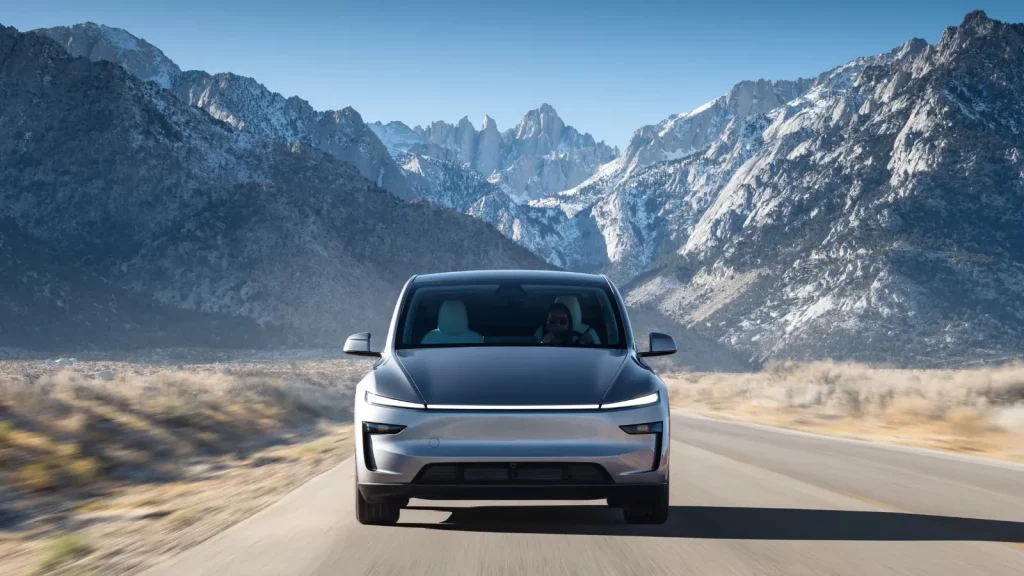
Top Underperformers of 2024: Real-World vs Advertised Range
Several 2024 EV models stood out for underwhelming real-world results when tested across diverse regions. Based on third-party tests and user reports, here are a few that saw the most notable disparities:
- Chevrolet Equinox EV (FWD)
Advertised: 480 km
Real-world (winter): 310–340 km
Factors: Cabin heat efficiency, modest battery preconditioning - Volvo EX30 (Single Motor)
Advertised: 450 km
Real-world (urban + highway mix): 320 km
Factors: Aggressive regenerative settings, early software version issues - BYD Dolphin (Standard Range)
Advertised: 420 km
Real-world (highway): 280 km
Factors: LFP battery drop in cold, basic thermal management - Tesla Model Y RWD (LFP)
Advertised: 455 km
Real-world (fast charging cycles): 330–350 km
Factors: LFP sensitivity, frequent full charges - Kia EV9 (AWD Long Range)
Advertised: 512 km
Real-world (with full features on): 360–400 km
Factors: Size, feature-rich usage, heavy climate load
Tips for EV Owners to Manage and Offset Range Loss
While some factors are outside a driver’s control, others can be addressed with better habits and smarter planning:
- Precondition While Plugged In
Most EVs allow cabin and battery preconditioning. Doing this while connected to a charger can preserve driving range significantly, especially in cold mornings. - Use Eco Modes Strategically
Many newer EVs offer customizable driving profiles. Limiting climate control, softening acceleration, and reducing screen brightness can save power subtly over time. - Know Your Tires and Keep Them Inflated
EVs often come with low rolling resistance tires—but colder weather reduces air pressure, increasing drag. Check tires monthly and consider winter-specific tires if you’re in snowy regions. - Avoid Over-Accessorizing on Long Trips
Features like seat warmers, onboard streaming, and wireless chargers all draw power. Use them, but be conscious of cumulative effects. - Plan Charging Around Terrain, Not Just Distance
Elevation gain impacts energy usage more than many realize. Apps like ABRP can model terrain-influenced routes more effectively than default maps. - Stay Updated
Automakers increasingly push critical range updates via over-the-air software. Make sure your car’s firmware is current, or ask the dealership during service intervals.
Conclusion: A Learning Curve, Not a Crisis
The 2024 drop in real-world range across select EV models isn’t a sign of failure—it’s part of a rapidly evolving technology’s growing pains. Battery science, software calibration, and consumer usage habits are still catching up to each other. As more data accumulates and manufacturers refine algorithms, the gap between claimed and actual range should shrink.
In the meantime, EV owners and buyers can prepare with knowledge, flexibility, and realistic expectations. Owning an EV in 2025 is still a bold, forward-thinking choice—but as with any leap, it’s best made with both eyes open. Understanding the nuances of range, especially under changing seasons and system demands, turns frustration into informed confidence—and helps drivers make the most of every charge.

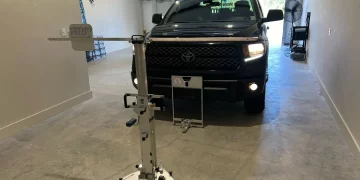
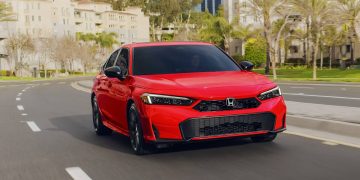
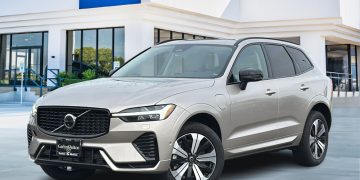


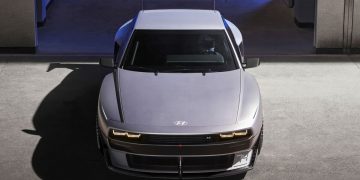


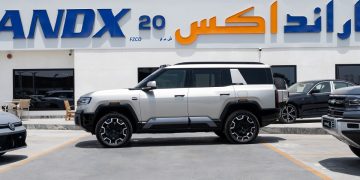



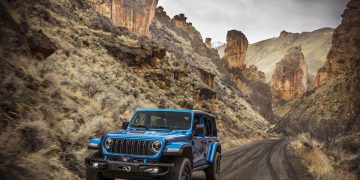







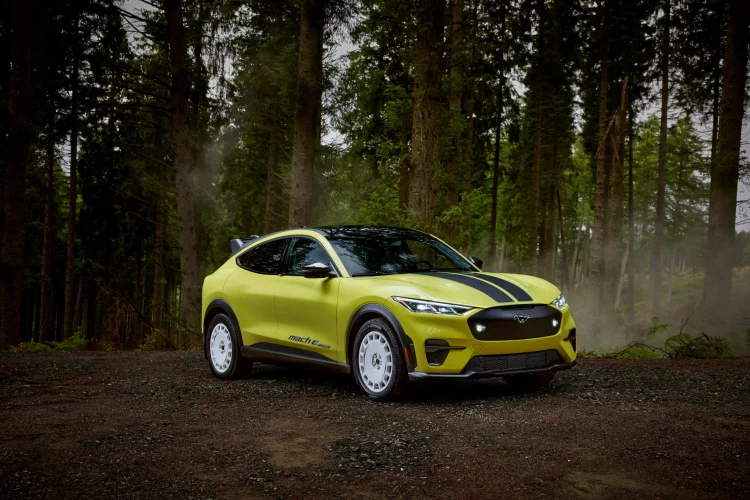












Discussion about this post